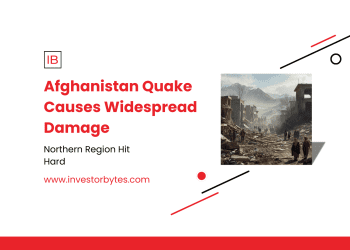As Thanksgiving feasts wrap on November 27, 2025, the U.S. shivers under its inaugural cold snap of the season—an Arctic onslaught that plunged temperatures 15-25°F below norms, shattering over two dozen records from the Dakotas to Florida. Kicking off November 7, this polar vortex dip—fueled by a high-pressure ridge over Greenland funneling Canadian frigid air southward—gripped the central Plains first, then barreled eastward, blanketing the Midwest, Northeast, and Southeast in December-like chill. By November 10, Dallas logged a low of 28°F, eclipsing a 1895 benchmark, while Atlanta’s 32°F tied a 1976 freeze, per NOAA’s National Weather Service.
The Weather Prediction Center’s alerts flagged “widespread disaster potential,” with wind chills dipping to -10°F in Chicago, sparking the season’s first lake-effect snow squalls over the Great Lakes. Buffalo, NY, endured 20s with 6-10 inches accumulating, while interior Northeast spots like Syracuse tallied 12 inches—the earliest measurable November snow since 2014. Southern freezes hit hardest: northern Gulf Coast cities from Mobile to Jacksonville saw first frosts, imperiling citrus groves and vegetable fields, with Florida’s Fort Myers tying a 1911 low at 42°F on November 11. This unseasonal surge, 20°F colder than the 1991-2020 average, traces to a disrupted jet stream, amplified by lingering La Niña patterns per Climate Prediction Center models.
Impacts ripple nationwide: energy demands spiked 15% in Texas, straining ERCOT grids and hiking natural gas prices 8% to $3.50/MMBtu. Agriculture bears brunt—USDA estimates $150 million in crop losses from Deep South hard freezes, delaying strawberry harvests and culling 5% of Georgia’s peach buds prematurely. Transportation snarled: 1,200 flights canceled November 9-10, Amtrak delays averaged 4 hours, and I-95 pileups in Virginia claimed three lives amid black ice. Yet, silver linings emerge—brief duration (thawing by November 13) spared prolonged hardship, and early snow replenished Great Lakes levels, up 2 inches in Michigan.
For US first cold snap 2025 watchers, this event signals volatile winter ahead: NOAA’s three-month outlook pegs 60% odds of above-normal Northeast snowpack, but erratic swings from climate change. As polar air retreats, milder Pacific flows rebound temps to 50s by Thanksgiving, but meteorologists eye a December encore. Homeowners prep pipes, farmers deploy frost cloths—this Arctic grip not only chills bones but recalibrates seasonal rhythms, underscoring resilience in an era of amplified extremes. From record-shattering lows to snowy previews, November’s snap heralds a frosty frontier for America’s heartland.








